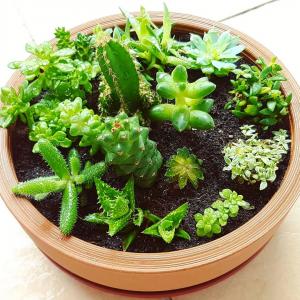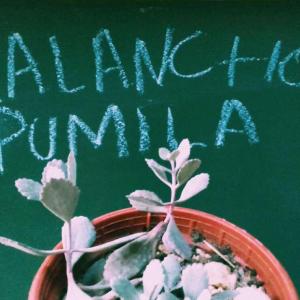求助
pokemondude13
2017年10月03日

please help me ID my succulent and help him grow back to full health. Any tips on the species he turns out to be is more than welcome, this is my first succulent.#help #Layering #suncculents
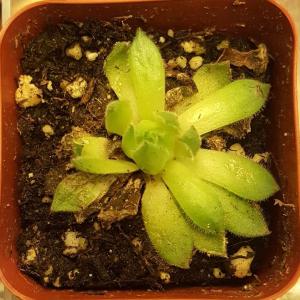

0
0
Ueca:This is a Sempervivum. Plant it into any spot of soil in your yard, or anywhere that gets fresh air. If in a yard, check at night to make sure slugs aren't trying to eat it.
Usually just leaving it alone in the front yard is a pretty good plan.
求助
FieryFlame
2017年06月22日

what is this succulent?#suncculents
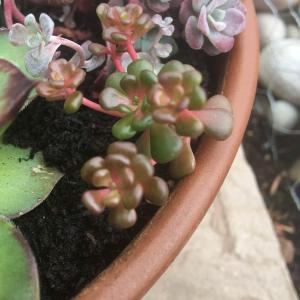

1
0
FieryFlame:Sedun joyce tulloch
meriunkat:good question lols, cute plant
求助
Aesthesiiick
2017年05月11日

Does anyone know what type of succulent this is? I got it from my cousin and I'm currently nursing it back to health. Leaves are rectangular and not very pointed with a fine dusting of power on them. #suncculents #succulent


1
0
文章
stone
2016年12月29日
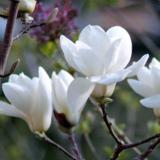
#suncculents #winter Succulents are such a popular and easy to care for plant these days.However, a freeze thaw / climate and snow generally is not a succulents best friend.
1. Watering
Pour water into the top of the succulent container until it drains out the bottom. Water the succulents deeply but less often in the winter. Let the soil dry out completely before watering again.
2. Sunlight
Succulents survive with indirect light during the winter.Place the dormant succulent in an area with at least three to four hours of bright light.Usually try to do this a couple of days a week during winter.
3. Temperature
When the temperature outdoors starts to cool below 60 degrees Fahrenheit start tapering off with watering.Bring your succulents inside when outside temps hit 40 degrees. Keep the temperature of the room the succulents are in around 50 to 55 degrees Fahrenheit during the winter. Many succulents such as aeoniums and living stones do not tolerate colder temperatures.
4. Check frequently for bugs
I've heard through other gardeners that 3 parts rubbing alcohol and 1 part water can be wiped onto any succulent that may develop aphids over winter.
You can use a cotton ball or a soft paper towel to apply it and make sure to check underneath the leaves. Also make sure to separate that plant from others until the aphids are completely gone.
5. Feeding
Feed the succulents one last time at the end of summer. Succulents only need diluted fertilizer while they are actively growing. Stop feeding when the plants stop growing for the year and go dormant, which occurs when the temperatures drop and the light level falls. Too much fertilizer causes succulents to develop soft leaves, which are prone to rot.

1. Watering
Pour water into the top of the succulent container until it drains out the bottom. Water the succulents deeply but less often in the winter. Let the soil dry out completely before watering again.

2. Sunlight
Succulents survive with indirect light during the winter.Place the dormant succulent in an area with at least three to four hours of bright light.Usually try to do this a couple of days a week during winter.

3. Temperature
When the temperature outdoors starts to cool below 60 degrees Fahrenheit start tapering off with watering.Bring your succulents inside when outside temps hit 40 degrees. Keep the temperature of the room the succulents are in around 50 to 55 degrees Fahrenheit during the winter. Many succulents such as aeoniums and living stones do not tolerate colder temperatures.

4. Check frequently for bugs
I've heard through other gardeners that 3 parts rubbing alcohol and 1 part water can be wiped onto any succulent that may develop aphids over winter.
You can use a cotton ball or a soft paper towel to apply it and make sure to check underneath the leaves. Also make sure to separate that plant from others until the aphids are completely gone.

5. Feeding
Feed the succulents one last time at the end of summer. Succulents only need diluted fertilizer while they are actively growing. Stop feeding when the plants stop growing for the year and go dormant, which occurs when the temperatures drop and the light level falls. Too much fertilizer causes succulents to develop soft leaves, which are prone to rot.
7
2


